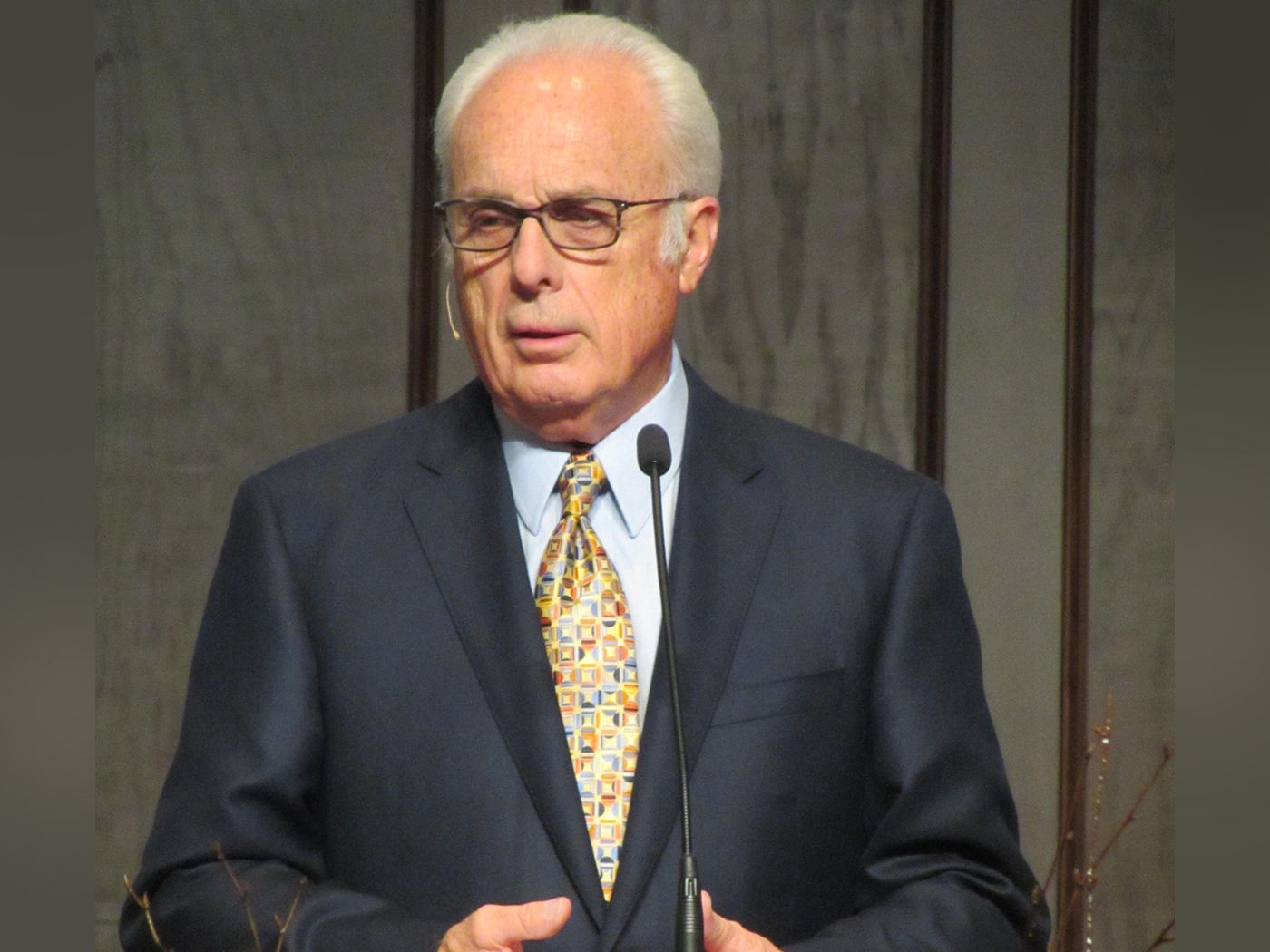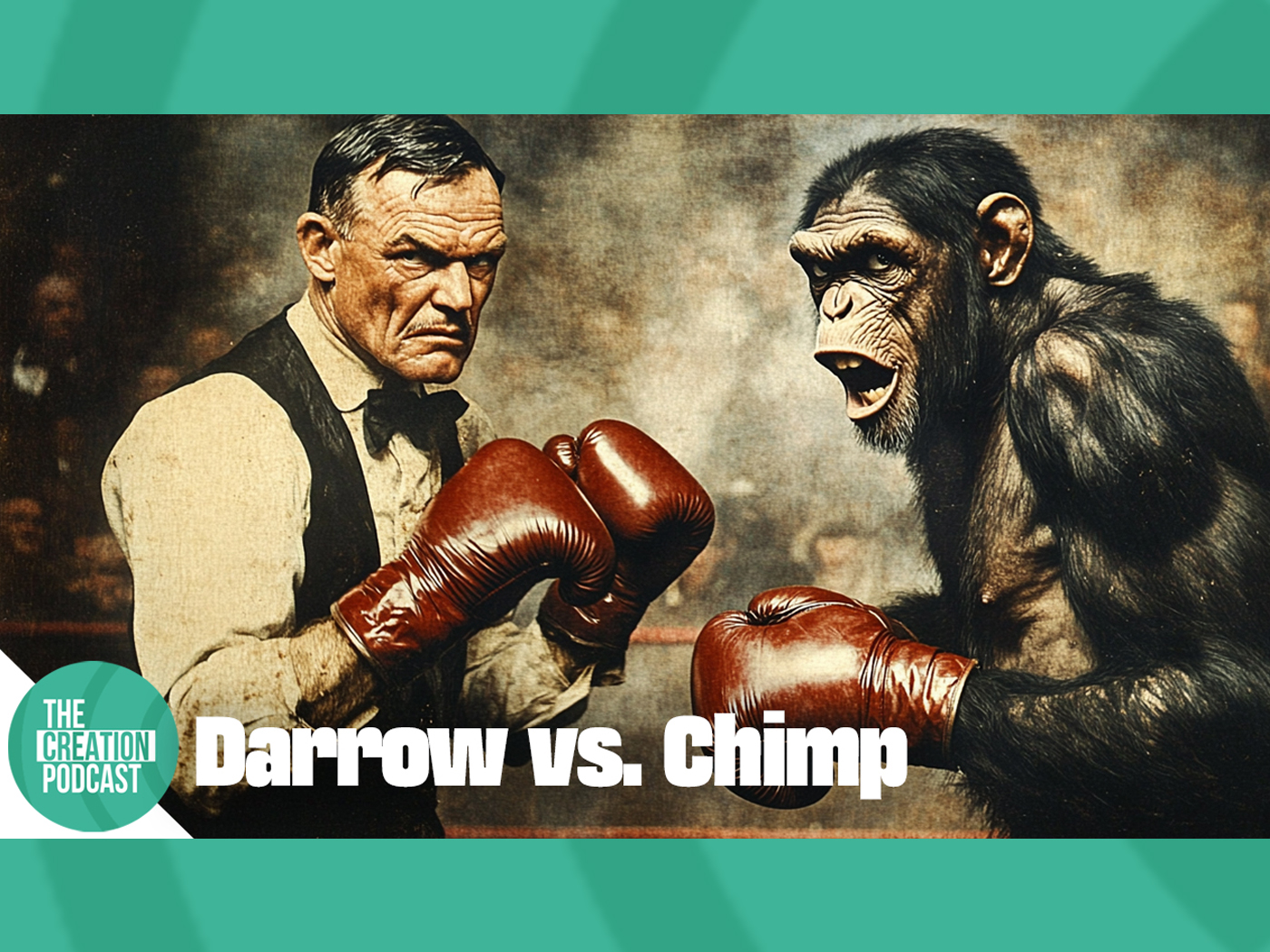“And there were in the same country shepherds abiding in the field, keeping watch over their flock by night” (Luke 2:8).
The date of Christ’s birth, as observed in the western world, is December 25, although other dates have been observed at various times and places—in January, March, May, etc. Actually no one really knows. In fact, the church did not observe it at all for the first two centuries. The date in late December which was eventually adopted coincided with the various pagan festivals held in connection with the winter solstice.
A significant clue is found in our text. Shepherds were almost certainly not abiding in the fields watching over their flocks in late December; the sheep would have been gathered into the sheep folds long before that.
Another clue is the recorded presence of “the angel of the Lord” (v.9) to announce the birth of the Savior, along with a “multitude of the heavenly host” (v.13). The angel leading the host was likely Michael the archangel (note Jude 9). The angel Gabriel, who stands “in the presence of God” (Luke 1:19) was sent to bear individual messages to Zacharias and Mary (Luke 1:11,26,27), but Michael is the one seen commanding the angelic host (Revelation 12:7).
It may be significant that the ancient church in Britain observed a date called Michaelmas (i.e., “Michael sent”), known as the feast of Michael and the angels. This date (still recognized in England’s legal system) is September 29—a date when it is reasonable that Jewish shepherds would be in the fields with their flocks. Now, if that just might be the date of Christ’s birth, then December 25 (nine months earlier) could well be the real date of the incarnation, when the eternal Creator God left heaven to take up residence as a special “seed” in a virgin’s womb! HMM



















